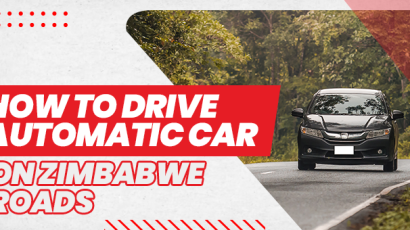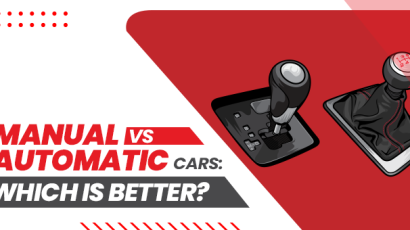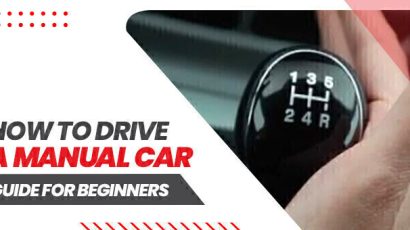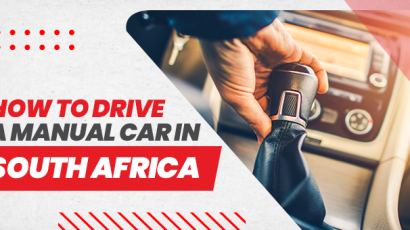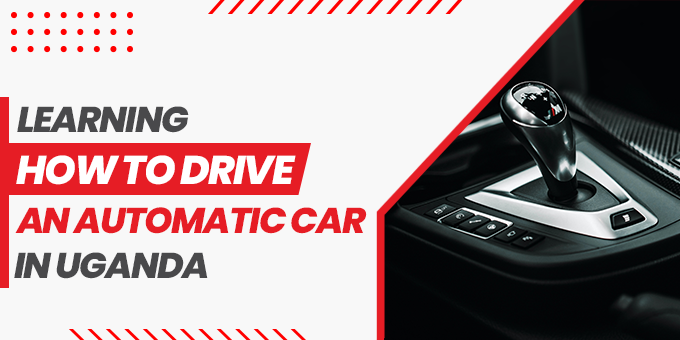
Driving a vehicle is such a remarkable experience that everyone wishes to have. To most individuals, driving is a dream come true! But the sort of automobile you wish to drive does matter a lot.
For some seasoned drivers, a stick shift is the preferred mode of transmission in automobiles. They claim that manual autos utilize less gasoline than automated ones. They also have less danger of breakdown than automated autos.
With an automated car, you would not have to worry about shifting gears, making maneuvering the vehicle, going backward, accelerating, and coming to a stop much simpler. You would not experience so many obstacles on your road trip. These step-by-step instructions are provided in this blog on how to drive an automatic car in Uganda.
The Gears And Their Purposes
An automatic transmission’s letters and numbers might be confusing and leave anyone wondering how to drive an automatic car step by step. It is vital to grasp their role and duties to pass the driving exam. These letters are recognized in the automobile industry as PRNDL (pronounced Prindle). Here is what they stand for are:
P (Parking): to park
When the transmission shaft is locked, the automobile will not be able to move at all. Only the non-driving wheels are able to move in this situation. However, it will fully immobilize a four-wheel-drive vehicle.
R (Reverse): to reverse
The car may be reversed by shifting into this gear. After pushing the shift-lock button, come to a full halt and choose R. Changing between R and N or D requires no action; however, going back to the R requires pressing the shift button.
N (Neutral): no gear
It signifies that the car is not shifting gears at all. The automobile will only move forward without an electrical connection to drive wheels due to momentum. Only use it to push or pull the vehicle.
D (Drive): to start and move
Learning to operate an automatic automobile requires a thorough knowledge of how this gearbox works. When you put the automobile in this gear, you’ll be able to drive normally. However, the gearbox employs D1, D2, and D3 variations to adapt to the vehicle’s speed as you drive.
It’s possible to go from D1 to higher gears over time. When driving long distances on the highway, shifting into the highest gear may save you gasoline. On the other hand, these gear ratios are only ideal for extreme driving situations, such as rescuing a vehicle from ice or mud.
When the gear selector is set to D1, the transmission is locked into that setting and cannot be moved. To lock the gear in second gear, you must set the gear to D2. When the vehicle hits a certain speed restriction, such as 30mph, the gear moves to the second gear to protect the engine.
L (Low): to set a gear at low
The gears of an automated automobile shift automatically when the speed varies. The speed will be reduced, but not the torque if you go into low gear manually. Consequently, your vehicle’s towing and endurance capabilities are enhanced.
Additional Gears and Their Purposes
There are more gears in your automatic car, depending on the brand and type.
S (Sport) mode
Like D mode but with higher maximum output levels. When you’re going fast, it helps the engine function better. In this configuration, the downshifting is likewise faster, increasing the braking impact.
OD (Overdrive) mode
When the Overdrive mode is used, the transmission may shift through all of the gears. Turning it off restricts the transmission’s ability to switch between different modes. Towing, hill climbing, and overtaking are all made easier with it.
B (Brake) mode
This gear may assist slowly down an automobile on certain models. Maintaining a set pace while traveling downhill is another function of this mode.
How To Drive An Automatic Car For Beginners:
1. Adjust the Seat and Mirror.
Adjusting the seat of the driver and side mirrors is the most important step before getting started. This not only makes you feel more secure and at ease, but it also helps you concentrate better. So, when you get behind the wheel, make sure you always check your mirrors to ensure you have the finest possible field of vision. It is against the law to adjust your rearview mirror while driving since it might impair your reaction time.
2. Inspect the brakes
Check your mirrors and seats, then check this list of things you need to do before you get in your vehicle and drive:
Close any remaining windows and doors. Taking this simple step can help prevent your vehicle doors from unexpectedly opening while you are driving.
Second, make sure everyone in the vehicle is wearing their seatbelts. The significance of this action should go without saying, As a result of these measures, accidents are less likely to result in serious injury or death.
Third, make sure you regularly monitor your dashboard. Basically, the dashboard will show you if there is a problem with your car. As a result, drivers should check for warning lights before they get behind the wheel.
Last but not least, drivers must eliminate all sources of distraction. Driving is like meditation, and it is a lot of fun. Keeping your phone silent is a crucial suggestion. As an additional precaution, drivers should turn down the level of their music in the car. Additionally, you should avoid doing your makeup in the car at any time.
3. Get a handle on footwork
The clutch pedal is absent from automated automobiles, unlike in manual ones. You will only be able to handle them with your right foot since they only have a brake and an accelerator. Learning to drive an automatic automobile begins by teaching you that your left foot must always stay at rest.
4. Starting the car
As soon as your engine is turned off, make sure you have the lever in the park position (P). To start the car, press the brake pedal and enter the ignition key. Release the brake pedal pressure gradually after shifting into gear D. Soon, the car will begin to move.
By stepping on the gas pedal, you can make it go faster. The gears have no bearing on the vehicle’s speed. As a result, you should not use it for normal road driving.
5. Slowing down and taking breaks
To move the vehicle in the desired direction, you must make a left or right turn using the steering wheel. To slow or stop the vehicle, use the brakes. The accelerator is used to increase speed, while the brake pedal is used to slow it down. Take it slow and steady unless you have to stop the car abruptly.
6. Parking
If you want to bring the car to an entire stop, you’ll need to use the brakes while shifting into P gear progressively. The engine may be turned off by pressing the ignition key. Turn off the lights and exit the vehicle.
That’s it! You’re set to drive an automatic car. Good luck!






